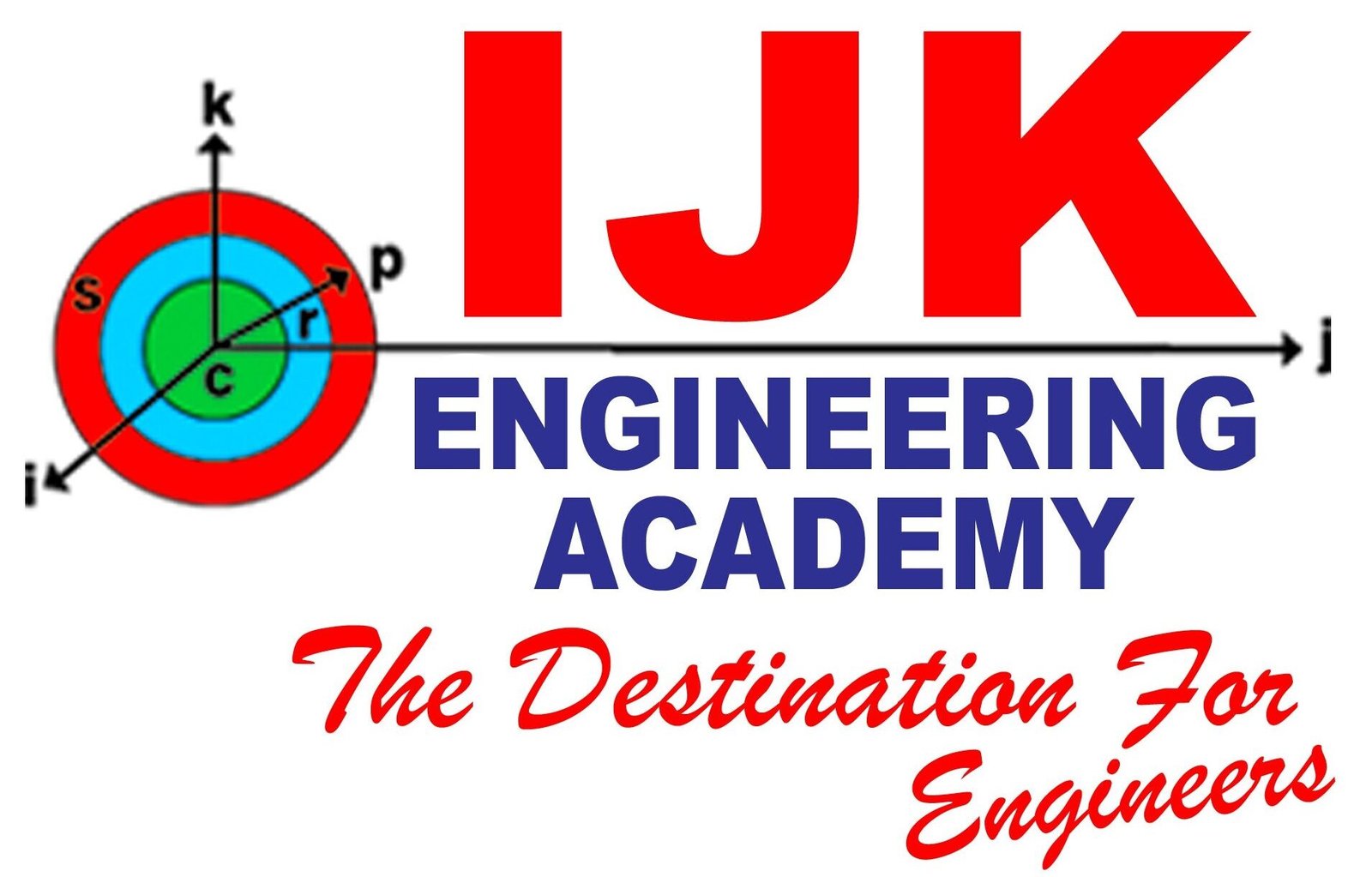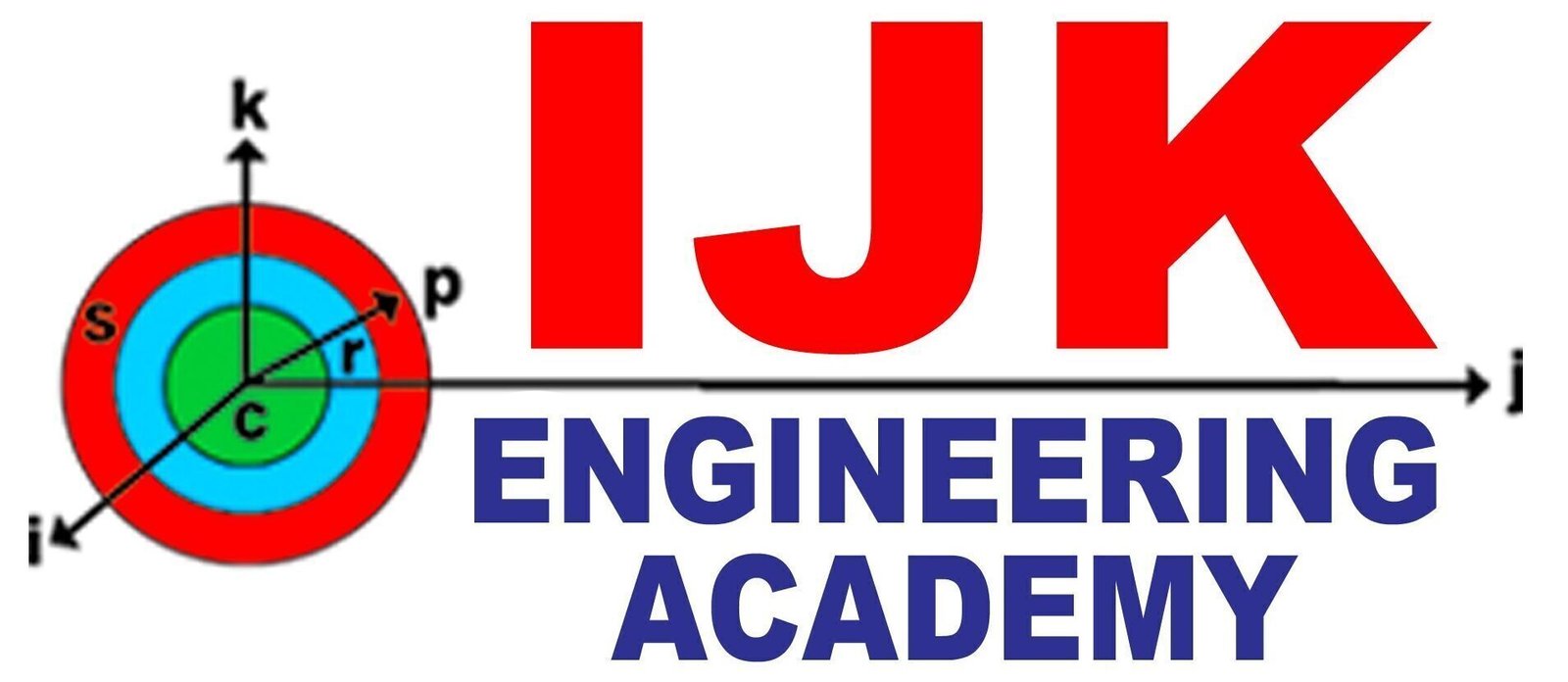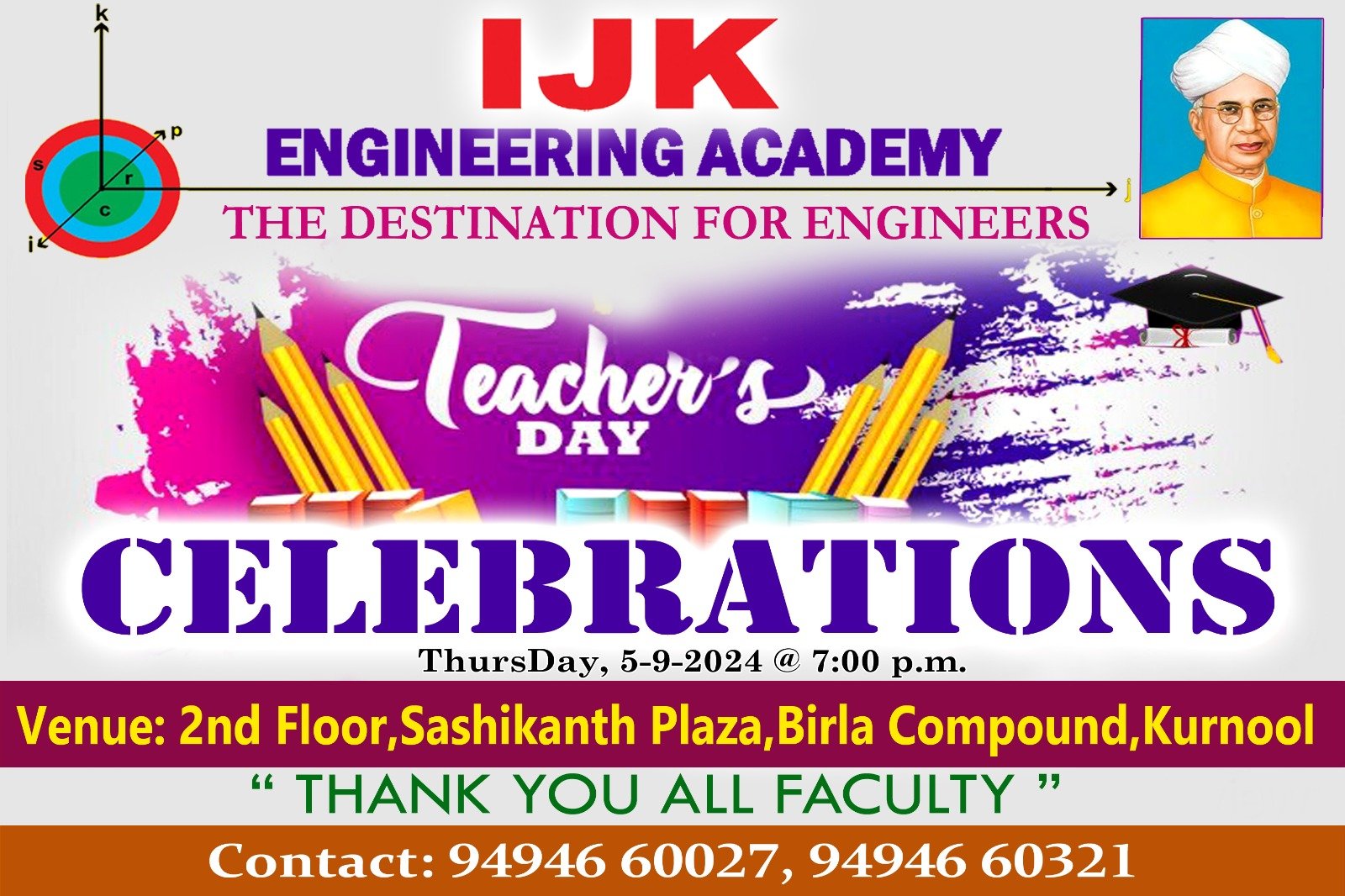RCC SOLUTIONS
About Course
Certainly, Reinforced Concrete (RC) solutions refer to engineering design and construction methods that involve using reinforced concrete to create structures that can withstand both compressive forces (from the weight of the structure) and tensile forces (from external loads like wind, earthquakes, etc.). Reinforced concrete is a widely used construction material due to its strength, durability, and versatility. It consists of concrete reinforced with steel bars (rebars) or other types of reinforcement.
**Key Concepts in RCC Solutions:**
1. **Reinforcement:** Steel reinforcement, typically in the form of bars or mesh, is embedded within the concrete. The steel’s tensile strength helps the structure resist bending and stretching forces.
2. **Concrete:** The concrete mixture consists of cement, aggregates (such as sand and gravel), and water. It provides compressive strength to the structure.
3. **Design Principles:** RCC design involves calculating the optimal placement and size of reinforcement to ensure the structure can withstand anticipated loads and forces while maintaining safety and structural integrity.
4. **Structural Elements:** Common structural elements in RCC solutions include beams, columns, slabs, walls, and foundations.
5. **Load Analysis:** Engineers analyze various loads, such as dead loads (permanent weights), live loads (temporary weights), wind loads, and seismic loads, to determine the forces acting on the structure.
6. **Design Codes:** Engineers follow specific design codes and standards (e.g., ACI, Eurocode) to ensure the safety and durability of the RCC structure.
7. **Concrete Mix Design:** Engineers determine the appropriate mix proportions of cement, aggregates, and water to achieve the desired strength and durability of the concrete.
**Applications of RCC Solutions:**
1. **Buildings:** RCC is used to construct residential, commercial, and industrial buildings, including skyscrapers, factories, and warehouses.
2. **Bridges:** Many bridges are constructed using RCC for their durability and load-bearing capacity.
3. **Dams and Reservoirs:** RCC is used to build large water storage structures like dams and reservoirs due to its water-tight properties.
4. **Infrastructure:** Roads, tunnels, and transportation structures often use RCC for durability and longevity.
**Benefits of RCC Solutions:**
– **Strength:** RCC structures can withstand heavy loads and forces, making them suitable for a wide range of applications.
– **Durability:** Properly designed and constructed RCC structures can have a long service life.
– **Versatility:** RCC can be shaped and molded into various forms, allowing for creative and functional designs.
– **Cost-Effective:** RCC solutions can provide cost savings over time due to their durability and low maintenance requirements.
**Challenges and Considerations:**
– **Design Complexity:** Designing RCC structures requires careful consideration of loads, forces, and reinforcement placement.
– **Construction Techniques:** Proper construction practices are essential to ensure the concrete is poured, cured, and reinforced correctly.
– **Maintenance:** While RCC structures are durable, ongoing maintenance is necessary to prevent deterioration over time.
**Conclusion:**
Reinforced concrete solutions offer a versatile and reliable approach to constructing structures that can withstand various loads and forces. Engineers and construction professionals play a critical role in designing and executing these solutions to ensure safety, durability, and functionality in a wide range of applications.
Student Ratings & Reviews






